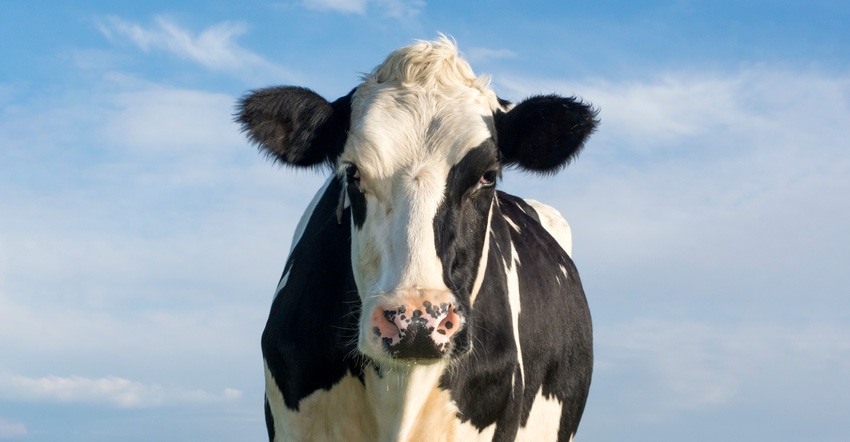
Milk prices have always been volatile, but it looks like volatility will set a record in 2020. In January, the Class III price was $17.05. By May, it had fallen to $12.14. It looks like June will be above $20. The Class IV price has also been volatile, falling from $16.65 in January to $10.67 in May, and then recovering to $13.35 in June. What factors drove these big changes in milk prices?
“The sharp drop in prices in May was the result of the COVID-19 virus shutting down schools, universities, restaurants and food service, which caused a big drop in the sales of milk, cheese and butter,” Cropp says. “Milk production was also at a relatively high level, with March production 2.8% higher than the year before, resulting in more milk than milk plants could handle with the loss of sales. Dairy farmers were asked to lower milk production, and some were asked to dump milk.
“But sales of milk, cheese and butter have started to improve. Restaurants are reopening, and food service sales are increasing. Restaurants and food service needed to place rather big orders of cheese and butter to restock their supplies. With people staying at home, retail sales of milk, cheese and butter increased.”
By mid-May the Farmers to Family Food Box Program kicked in, and the government bought more than $300 million of cheese, milk and butter. “And dairy cooperatives implemented base excess plans to their producers to reduce milk production,” Cropp says. “All these activities tightened the supply-demand situation, and milk prices responded. This shows we can have big changes in milk prices from relatively small changes in supply and demand.”
Farmers reduce production
USDA’s milk production report showed dairy farmers did reduce production. Milk cow numbers declined by 11,000 head from April to May and by 15,000 head from March to May. May cow numbers were still 0.4% higher than a year ago, but milk per cow was 1.5% lower, resulting in May milk production declining 1.1% compared to a year ago.
The Class III price is driven by the cheese price. On the Chicago Mercantile Exchange, 40-pound block cheddar was as high as $2.02 per pound in January. The price plummeted to $1 per pound in April and catapulted to $2.58 by mid-June. Butter was as high as $1.90 per pound in January. It dropped to $1.10 in April and rebounded to $2.01 by mid-June. Nonfat dry milk was as high as $1.24 per pound in January before falling to 80 cents in April. It hit $1.05 in June and is now $1.02.
The big question is, how long can these milk prices hold?
“A big part of the answer is milk production,” Cropp says. “Hopefully, dairy farmers do not respond to higher milk prices by increasing production again. We are entering the seasonal low in milk production, during July through September. So, milk production will be declining and hopefully stay below year-ago levels over the next few months.”
USDA purchases
USDA has announced it will extend purchases of dairy products under the Food Box Program in July and August, which will be positive for milk prices.
“This fall, cheese and butter plants will build stocks to meet the seasonal increase in demand for the holidays,” Cropp says. “But nobody knows if there will be a second surge of COVID-19 this fall. So, there is a lot of uncertainty as to milk prices for the remainder of the year. Dairy futures currently are rather optimistic.”
Class III futures are $21 for June, $22 in July, in the $20s in August, in the $19s in September, in the $18s for October and in the $17s for November before trailing off to the $16s in December. Cropp advises dairy farmers to take advantage of these prices by locking in Class III futures sooner rather than later, “because there is a greater probability that milk prices could fall from these current futures prices than increase.”
About the Author(s)
You May Also Like






